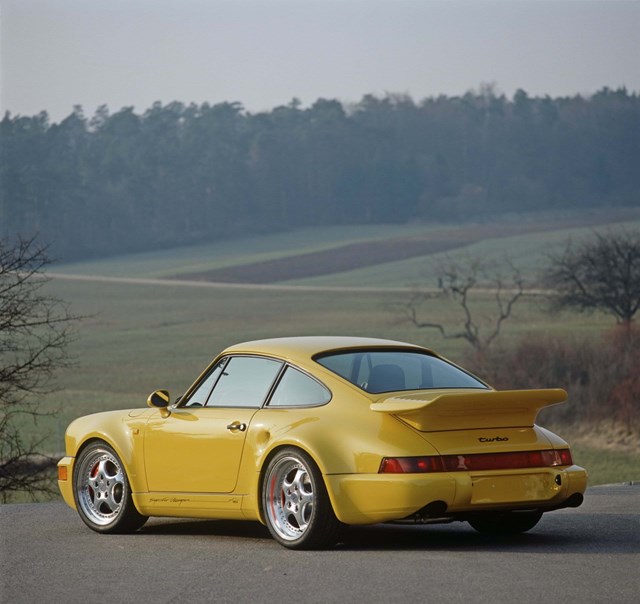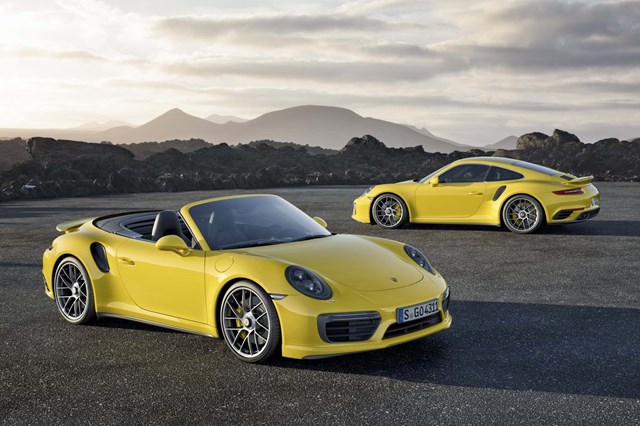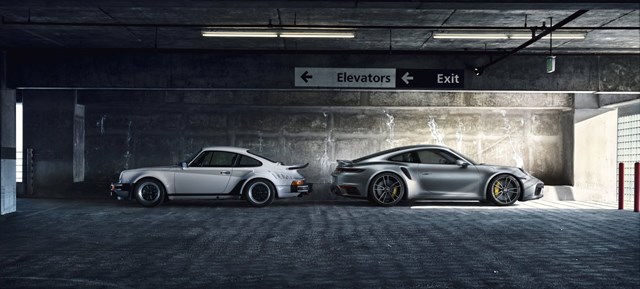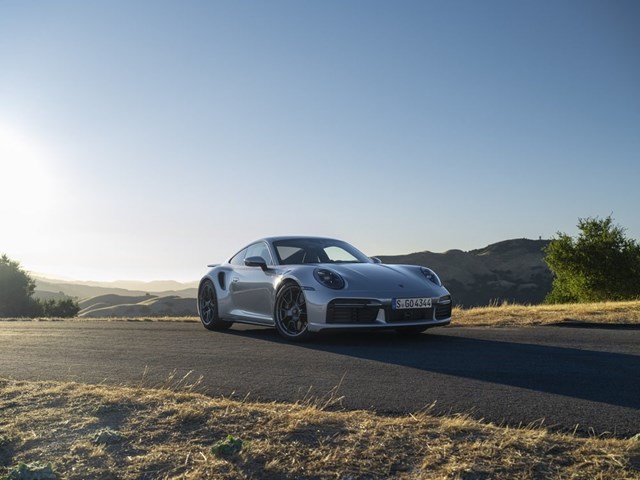Year of the Lord’s grace 1974. Despite the oil shock that had been affecting Europe for a year, On October 3rd the Paris Motor Show opened its doorslavish in worldwide presentations: Citroën CX, Fiat 131 Mirafiori and VW Golf. And at the Porsche stand, a novelty: for the first time, the German manufacturer launched a series model with a turbocharger. It was a 3-liter engine, which developed an unusual (for the time) 260 horsepower and took the new model to a top speed of 250 km/h.
The 1st generation Porsche 911
Photo: DR
The 1st generation, now in its fifties
Porsche had experimented with turbo technology for the first time in competition (Can Am and Le Mans), with good results, but the transition to series production revealed difficulties that needed to be overcome. Right from the start, the power delivered to the rear wheels was brutal, difficult to control, and came as a kick, which increased the unpleasant tendency that the rear axle already had to “overtake” the front axle. The Porsche 911 was, then, a model of capricious behavior and difficult to tame.from which only the best drivers could get good performance without ending up looking in the wrong direction of the road. Then, the resistance of the mechanical components: subject to the brutality of the engine, the clutch, the gearbox (which had to be four-speed, instead of the five that Porsche already used) and the block itself and moving parts, such as valves and pistons, might not hold up and present problems with longer use than just two or three runs.. But Porsche engineers worked miracles and managed to tame (somewhat) the “beast” and make it capable of entering series production lines.
On the aesthetic side, the 911 Turbo would go down in history with its widened fenders.the generously wide tires and, above all, the imposing rear spoiler, nicknamed “whale tail”, “shelf” and other more or less well-intentioned epithets. Even today, the passing of a Porsche 911 Turbo makes heads turn and, in many cases, sigh.

The 3rd generation Porsche 911
Photo: DR
1977: the 300 horsepower barrier is broken
By increasing the displacement (to 3300 cm3) and optimizing the engine’s operation, the power of 300 horsepower was achieved. The model received the internal codename of 930a number that he took to the tracks and is still synonymous with classic speed today. In the years that followed, Power has been increasing steadily: 320 horsepower from 1991; 360 in 1993with displacement increased to 3.6 liters; and in 1995, 408 horsepower (!), with the adoption of a second turbo. Acceleration from zero to 100 km/h was now 4.5 seconds, the maximum speed reached 290 km/h (Porsche was never a big fan of electronically limiting it) and all-wheel drive made its entry into the 911 range, providing greater safety to a model that had become a supercar.

New 500 horsepower engine in 2010 – Porsche 911 7th generation
Photo: DR
2000s: (still) more power, less fuel
Does it seem paradoxical? Yes, but it is true. In the early 2000s, through an engine architecture (still and always the 6-cylinder opposed, of course) with four valves per cylinder, electronic management of the timing of these same valves and water cooling, the power increased to 420 horsepowerthe 0-100 was achieved in 4.2 seconds and the top speed was set at 305 km/h. And six years later, the Tiptronic S automatic gearbox allowed, for the first time, faster acceleration than the manual gearbox (3.7 seconds from 0 to 100, against 3.9), with the maximum speed reaching 310 km/h in both cases. The power had, however, increased to 480 horsepower.

To mark its 50th anniversary, the German manufacturer is now launching a special series, suitably limited to 1,974 units, which brings back the design of the 1970s,
Photo: DR
New 500 horsepower engine in 2010
Yes, five hundred horsepower, in full. An engine designed from scratch now had a displacement of 3,800 cc and developed half a thousand horsepower. But it was more economical than its predecessor, saving 16% on fuel. ‘Noblesse oblige’, there was an underlying reason for this: to put the 911 Turbo below the new North American legislation that began to heavily tax the most “greedy” engines. The market in Uncle Sam’s land continues to be the German brand’s most important source of sales.

Special edition to celebrate 50 years.
Photo: DR
Here’s to another 50 years!
Over these five decades, the Porsche 911 Turbo remained faithful to the philosophy that saw him born. It is a classic sports car that has managed to become timeless. And more than revolutions, it has undergone evolutions. To mark its 50th anniversary, the German manufacturer is now launching a special series, appropriately limited to 1974 units, which brings back the design of the 70sbut it takes advantage of the best that current technology has to offer: 3700 cm3 engine, 650 horsepower (!), 2.7 seconds from 0 to 100 km/h (!!) and, surprisingly, 8.9 seconds to reach 200 km/h (!!!).
Source: www.must.jornaldenegocios.pt


